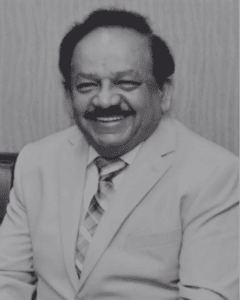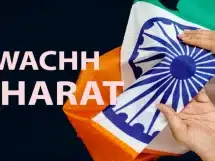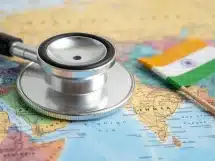Rajkumari Amrit Kaur, India’s first health minister oversaw the nation’s recovery from malaria and tuberculosis epidemics, Karan Singh eradicated smallpox and Harsh Vardhan ended polio and curbed the Covid-19 pandemic.
One of the main concerns for India following its independence from British rule on August 15, 1947, was the dismal state of its healthcare system: The country lacked trained medical professionals, life expectancy was low, the infant mortality rate was high and access to healthcare facilities was limited. However, over the past 75 years, India has made giant strides in healthcare delivery to the general public.
As the nation celebrates its ‘Azadi Ka Amrit Mahotsav’, HealthLEADS examines the role of the three health ministers – Rajkumari Amrit Kaur, Karan Singh and Harsh Vardhan – during whose tenure there were major health crises.
Rajkumari Amrit Kaur
Rajkumari Amrit Kaur was the first health minister of Independent India, a position she held for a decade. Kaur’s policies helped shape India’s healthcare sector.

Under Kaur’s leadership, the union health ministry initiated the National Malaria Control Programme (NMCP) in 1953 with a focus on indoor residual DDT spraying. Within the following 5 years, the programme drastically lowered the annual incidence of the disease. This inspired the launch of the National Malaria Eradication Program (NMEP) in 1958, which further helped in the reduction of malaria cases.
At this time, tuberculosis was also considered a major cause of morbidity and mortality. Kaur is credited with playing a key role in eradicating the disease from India. She served on the boards of government organisations dedicated to fighting the disease.
When the tuberculosis epidemic broke out in May 1948, the Indian government made the decision to introduce BCG vaccination as a preventive measure on a small scale and under strict supervision. Later, in 1951, after the successful completion of the limited-scale BCC vaccination, it was expanded through mass campaigns to cover all the states. Kaur was the driving force behind this campaign which became the largest BCG vaccination programme in the world at that time.
Karan Singh

The Indian government doubled down on the National Smallpox Eradication Programme which was launched in 1962. To ensure that all citizens had been vaccinated, detailed maps and censuses of homes in the villages within five kilometres of the patient were created and used.
In January 1975, an operation called ‘Target Zero’ was started to detect the last cases of smallpox, which led to the identification of the last smallpox patient in India on May 24, 1975. After two years of such extensive search and active surveillance, India was declared smallpox-free in 1977.
Harsh Vardhan
India’s victory over polio in 2011 was achieved after a prolonged struggle. Due credit has to go to Harsh Vardhan, who was Delhi’s minister of health at the time, for his contribution to reshaping the Polio movement in India.

Taking a cue from the Pulse Polio Programme, the Government of India later launched Pulse Polio Immunisation Programme in 1995. The programme included celebrity endorsements and print and radio commercials urging people to get the doses. This caused a sharp drop in the number of polio cases – from over 3,000 in 1995 to below 50 in 2010.
During Vardhan’s two tenures as the Union Health Minister since 2014, he collaborated closely with the governments of all the states and UTs to combat the Covid-19 pandemic. PPEs, N95 masks, oxygen cylinders, ventilators, and diagnostic test kits were produced quickly to help medical personnel. On the other hand, emphasis was laid on providing affordable vaccines as well as ensuring their equitable distribution. Until his resignation as the minister in July 2021, India administered 43.8 million vaccines in India.
Read more: People live longer now, but still lower than the world average

















